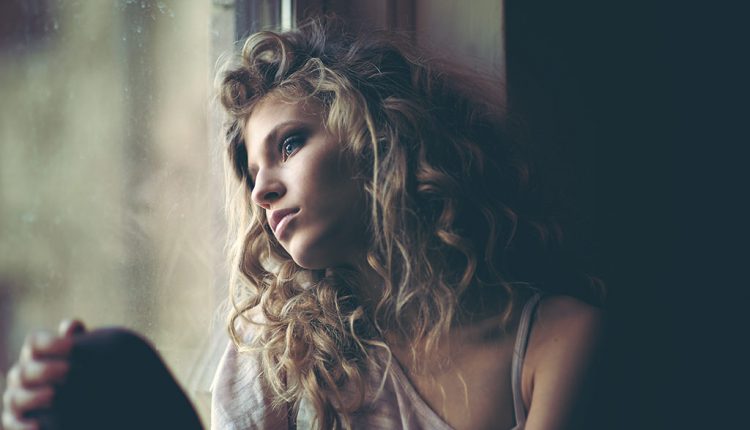Window Light Portraiture
In this age of high-tech everything, window-light is an often overlooked way to take beautiful portraits of your children and family. It’s quite easy to create beautiful images in your home using just natural light.
Use a window (or door) that has filtered light coming through, just as when we’re taking portraits outdoors, we don’t want light that is harsh and strong, we only want to use indirect light for this purpose too. (If you have a great area, but sunlight is streaming in through the window, you could use a white sheet to diffuse the sun, but I’d try to find a more appropriate area first).
Position the subject perpendicular to the window and then face the body at a slight angle toward the window, with the face also slightly turned towards the window. (Rules of portraiture state that a male’s body should be turned toward the window, and a female’s body should be turned away from the window, but for beginner’s let’s start with everyone turned toward the window. Once you’ve learned to see the light, you can modify the posing. The female body will be turned away from the light, but her face will still be turned back into the light). If what is behind the subject is dark, or not overly distracting, you can use that as the background as it should fall out of focus. Or, if you prefer, you can create more of a portrait type look by hanging a curtain, or sheet, or something a few feet behind the subject to make a background. Be aware if the window is lighting up your background, if you’ve got a neon flower print with direct sun on it, it’ll be pretty tricky to create a nice mood. However, if you’ve got a brown/black velvet curtain in a swirly print behind a child, you’re stepping into the realm of an old master portrait.
If you have manual settings on your camera, you can use the light meter in your camera (zoomed in on the face) and set it to your meter settings (opened up one stop generally). So at 100 ISO, if your meter says f/5.6 at 1/60th you may want to set your camera at f/4 at 1/60th. If you’re using a point and shoot that doesn’t have manual settings, you’ll probably want to set it on the Portrait setting, and you may need to use a tripod, or balance your camera on a tabletop or something to keep it steady. You may also need to move the subject a little farther away from the window to get a perfect exposure.
Be sure that your subject is neither too far nor too near to the window, one of the joys of digital is you can experiment until you’ve got it perfect. Don’t have the plain of the face perpendicular to the light or you will get ‘split’ lighting which doesn’t really look good on anyone, make sure the face is turned towards the light, the eyes can be toward the camera or toward the light, whichever you prefer. You can also use anything white to ‘fill’ the light a little if needed, a piece of white cardboard, a white sheet or pillowcase, even a white piece of paper will fill in the shadows a little if they are the too dark.
They say that the eyes are the windows to the soul, and using windows to light those eyes makes them want to tell their story.
